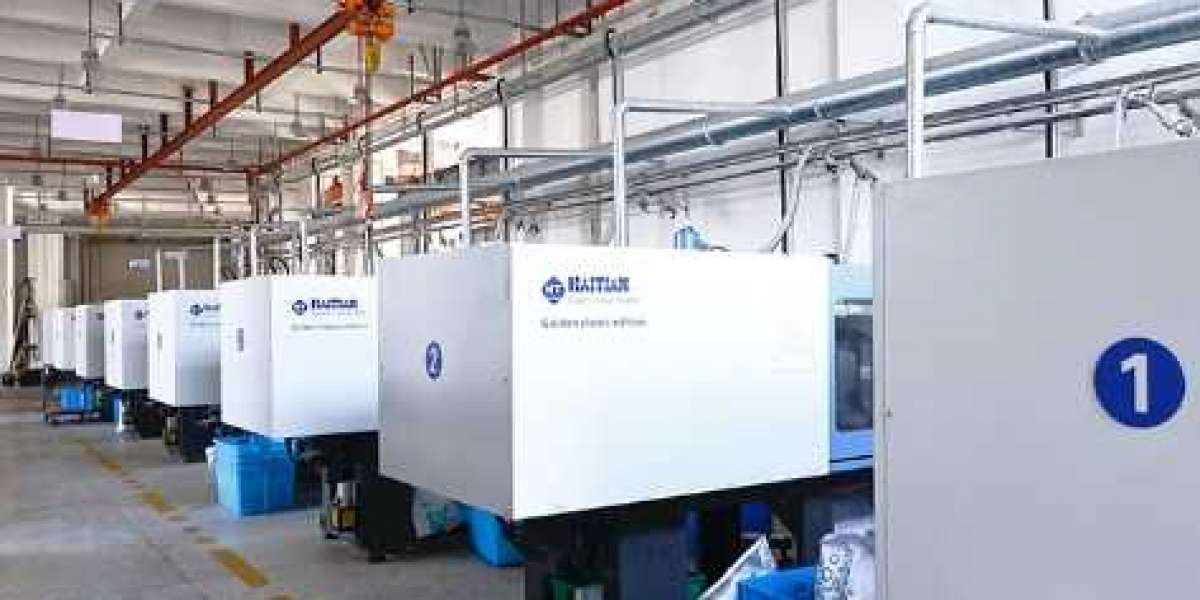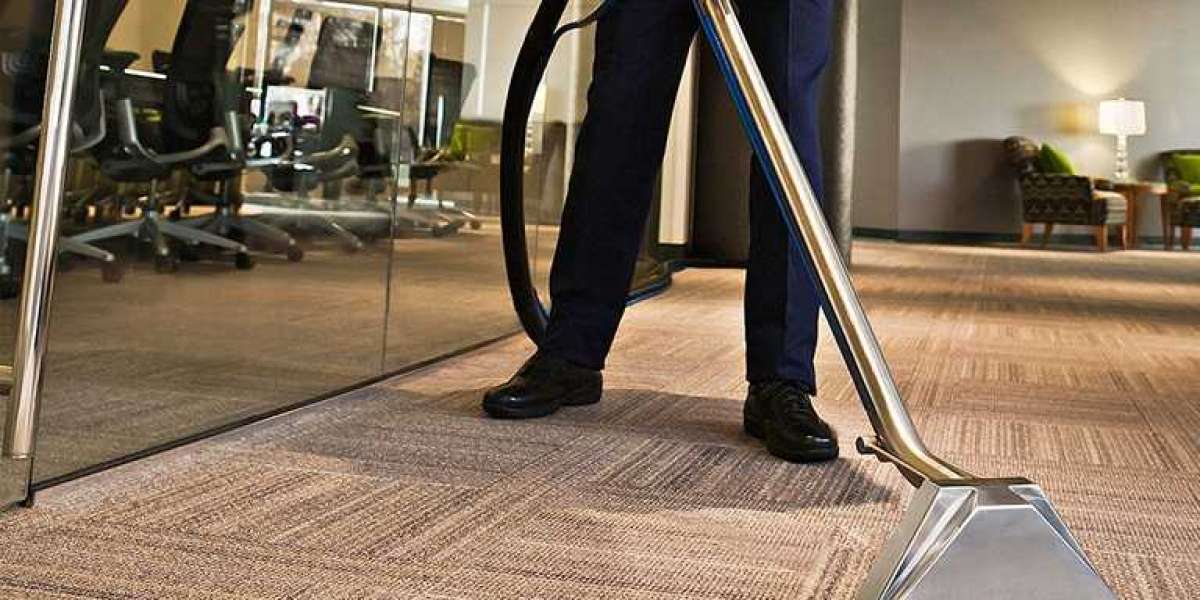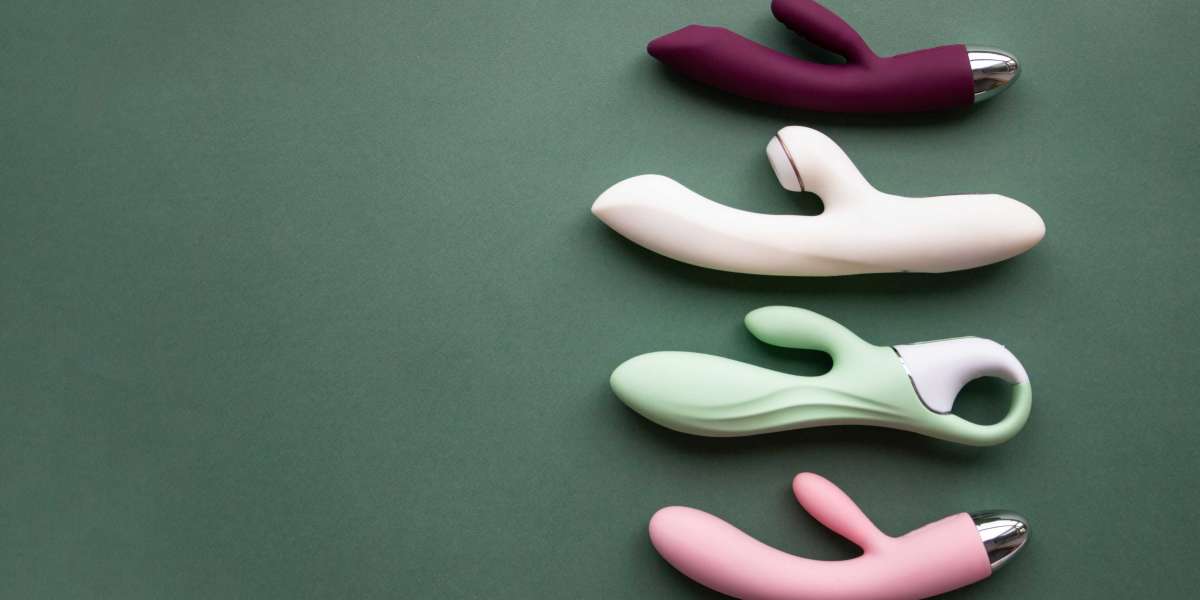The Latching Solenoid Valve is increasingly used in smart irrigation and water management systems. Its design supports integration with controllers that rely on low-power signals to automate watering schedules and improve resource efficiency.

One of the main reasons this valve is suited to modern applications is its low energy consumption. Since it only requires a brief electrical pulse to change state, it pairs well with battery-powered or solar-powered controllers. These controllers often connect wirelessly to mobile apps or central platforms, making it easy to adjust settings remotely.
For example, a smart irrigation system may include moisture sensors that monitor soil conditions in real time. When the soil becomes dry, the controller sends a signal to the Latching Solenoid Valve to open and begin irrigation. Once adequate moisture is detected, another pulse closes the valve, conserving both water and power.
This approach is particularly helpful in areas where water resources are limited. By applying water only when it is needed, the system supports healthier plant growth and reduces waste. It also makes scheduling more convenient, as operators can set up customized programs that respond to weather conditions and seasonal changes.
Integrating the valve requires confirming that electrical signals are compatible with the controller’s output. Many modern controllers provide clear specifications about pulse duration and polarity, which ensures that the valve receives the correct commands.
In addition to irrigation, latching solenoid valves are used in drip systems, greenhouses, and landscape watering projects. Some installations also include flow sensors that monitor consumption and detect leaks. When paired with a latching valve, the system can shut off water supply automatically if unexpected flow is detected.
Routine testing and inspection help keep the valve operating correctly. Verifying that wiring remains secure and cleaning any accumulated debris inside the filter can help prevent malfunctions. Because the valve relies on a magnetic mechanism to hold its position, it is important to avoid prolonged exposure to moisture inside electrical connections.
By combining the Latching Solenoid Valve with smart controllers and monitoring tools, property owners can create reliable water management systems. This integration supports convenience, cost savings, and more sustainable practices for both residential and commercial environments.








